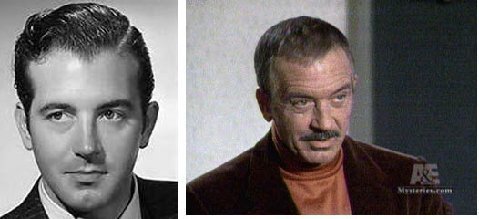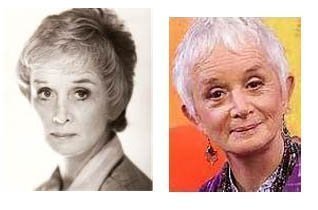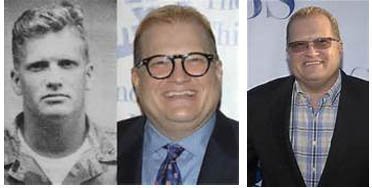
A golf cart (alternatively known as a golf buggy or golf car) is a small motorized vehicle designed originally to carry two golfers and their golf clubs around a golf course with less effort than walking. Over time, variants were introduced that were capable of carrying more passengers, had additional utility features, or were certified as a street legal low-speed vehicle.
A traditional golf cart, capable of carrying two golfers and their clubs, is generally around 4 feet wide, 8 feet long and 6 feet high, weighing between 900 and 1,000 pounds and capable of speeds up to about 15 miles per hour. The price of a golf cart can range anywhere from under US$1,000 to well over US$20,000 per cart, depending on how it is equipped.
History
Reportedly, the first use of a motorized cart on a golf course was by JK Wadley of Texarkana, who saw a three-wheeled electric cart being used in Los Angeles to transport senior citizens to a grocery store. Later, he purchased a cart and found that it worked poorly on a golf course. The first electric golf cart was custom-made in 1932, but did not gain widespread acceptance. In the 1930s until the 1950s the most widespread use of golf carts was for those with disabilities who could not walk far. By the mid-1950s the golf cart had gained wide acceptance with US golfers.
Merle Williams of Long Beach, California, was an early innovator of the electric golf cart. He started with knowledge gained from production of electric cars due to World War II gasoline rationing. In 1951 his Marketeer Company began production of an electric golf cart in Redlands, California. E-Z-Go began producing golf cars in 1954, Cushman in 1955, Club Car in 1958, Taylor-Dunn in 1961, Harley-Davidson in 1963, Melex in 1971, Yamaha Golf Car in 1979 and CT&T in 2002.
Max Walker created the first gasoline-powered golf cart "The Walker Executive" in 1957. This three-wheeled vehicle was shaped with a Vespa-style front end and, like any golf cart, carried two passengers and golf bags.
In 1963 the Harley-Davidson Motor Company began producing golf carts. Over the years they manufactured and distributed thousands of three- and four-wheeled gasoline-powered and electric vehicles that are still highly sought after. The iconic three-wheeled cart, with either a steering wheel or a tiller-based steering control, boasted a reversible two-stroke engine similar to one used today in some high-end snowmobiles. (The engine runs clockwise in forward mode.) Harley Davidson sold the production of golf carts to American Machine and Foundry Company, who in turn sold production to Columbia Par Car. Many of these units survive today, and are the prized possessions of proud owners, restorers, and collectors worldwide.
^Italian State Police golf carts at Venice Railway Station
If you want to read more, go here: https://en.wikipedia.org/wiki/Golf_cart
2015 – At least 46 people are killed as a result of floods caused by a tornado in Texas and Oklahoma.
See a penny, pick it up. All day long you’ll have good luck.














No comments:
Post a Comment